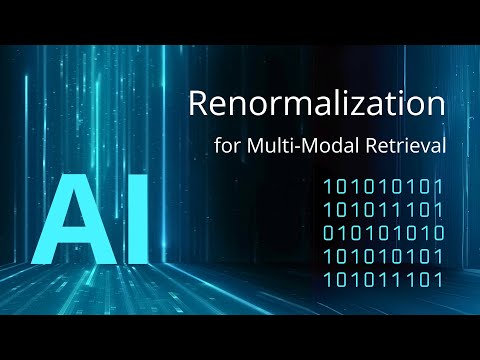Description:
Learn about Nearest Neighbor Normalization (NNN), a post-training optimization technique for multimodal AI models, in this 16-minute research presentation from Stanford University and MIT. Explore how NNN addresses the hubness problem in high-dimensional embedding spaces by calculating and adjusting bias scores for retrieval candidates. Understand the technical implementation details of this efficient, training-free method that operates in sublinear time using k-nearest neighbors. Discover how NNN improves retrieval accuracy across multiple datasets and models like CLIP, BLIP, and ALBEF, while also reducing gender biases in retrieval tasks. Follow along with practical examples, detailed method explanations, and experimental results that demonstrate NNN's superiority over previous normalization approaches like DBNorm and QBNorm. Gain insights into the future research directions and access the implementation through the provided GitHub repository.

Nearest Neighbor Normalization for Improving Multimodal Retrieval
Add to list
#Computer Science
#Machine Learning
#Data Science
#Information Retrieval
#Artificial Intelligence
#Multimodal AI